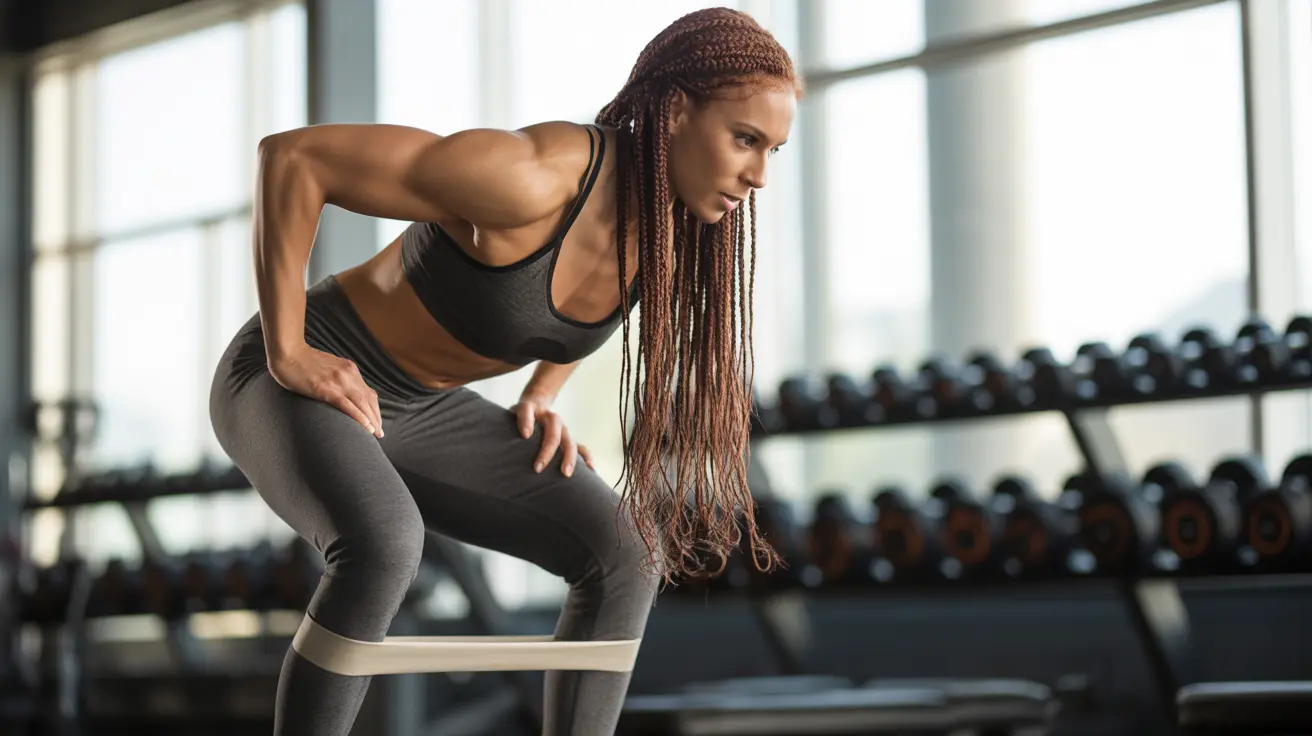Many people desire wider, more shapely hips to enhance their body proportions and achieve a curvier silhouette. While genetics play a significant role in hip width, targeted exercises and proper nutrition can help develop the muscles around your hips, creating the appearance of a fuller, more defined hip area.
In this comprehensive guide, we'll explore evidence-based methods for developing wider-looking hips, including effective exercises, nutritional considerations, and realistic expectations for your body transformation journey.
Understanding Hip Anatomy and Growth Potential
Your hip structure consists of bones, muscles, and connective tissues. The main muscles that contribute to hip width include the gluteus medius, gluteus minimus, and tensor fasciae latae. While you cannot change your bone structure, you can build these muscles to create the appearance of wider hips.
Most Effective Exercises for Wider Hips
Lower Body Compound Movements
These exercises target multiple muscle groups simultaneously for maximum impact:
- Sumo squats
- Bulgarian split squats
- Curtsy lunges
- Hip abductions with resistance bands
- Step-up variations
Isolation Exercises for Hip Development
Focus on these specific movements to target hip muscles:
- Side-lying leg raises
- Fire hydrants
- Cable hip abductions
- Glute bridges with abduction
- Clamshells with resistance bands
Nutrition for Muscle Development
Proper nutrition is crucial for building muscle mass around your hips. Focus on these key elements:
- Adequate protein intake (1.6-2.2g per kg of body weight)
- Complex carbohydrates for energy
- Healthy fats for hormone regulation
- Sufficient caloric surplus for muscle growth
- Essential vitamins and minerals
Creating an Effective Training Program
To see results, structure your workout routine thoughtfully:
- Train hip muscles 2-3 times per week
- Allow 48 hours between hip-focused workouts
- Gradually increase resistance and volume
- Maintain proper form for optimal results
- Include both strength training and activation exercises
Safety Considerations and Form
Proper form is essential to prevent injury and ensure effective muscle targeting:
- Start with bodyweight exercises to master form
- Use mirrors to check alignment
- Engage core muscles during all exercises
- Warm up thoroughly before training
- Listen to your body and avoid overtraining
Frequently Asked Questions
What are the best exercises to make my hips look wider and more curved?
The most effective exercises include sumo squats, hip abductions, glute bridges with abduction, fire hydrants, and side-lying leg raises. Combine these with compound movements like Bulgarian split squats and curtsy lunges for optimal results.
Can diet or nutrition help make my hips wider, apart from exercise?
While diet alone won't make your hips wider, proper nutrition supports muscle growth. Focus on adequate protein intake, complex carbohydrates, and healthy fats to fuel muscle development and recovery in the hip area.
How much can genetics affect how wide my hips can realistically become?
Genetics significantly influence your basic bone structure and potential for muscle growth. While you cannot change your bone structure, you can enhance hip appearance through targeted muscle building, regardless of your genetic predisposition.
Are there any risks or side effects to doing hip-widening exercises regularly?
When performed with proper form, hip-widening exercises are generally safe. However, risks include muscle strain, hip flexor irritation, and lower back pain if exercises are done incorrectly or too intensively. Always maintain proper form and progress gradually.
How long does it take to see noticeable changes in hip width from working out?
With consistent training and proper nutrition, you may start seeing initial changes in 8-12 weeks. However, significant muscle development typically takes 3-6 months of dedicated training. Results vary based on individual factors, including genetics, training intensity, and nutrition.




